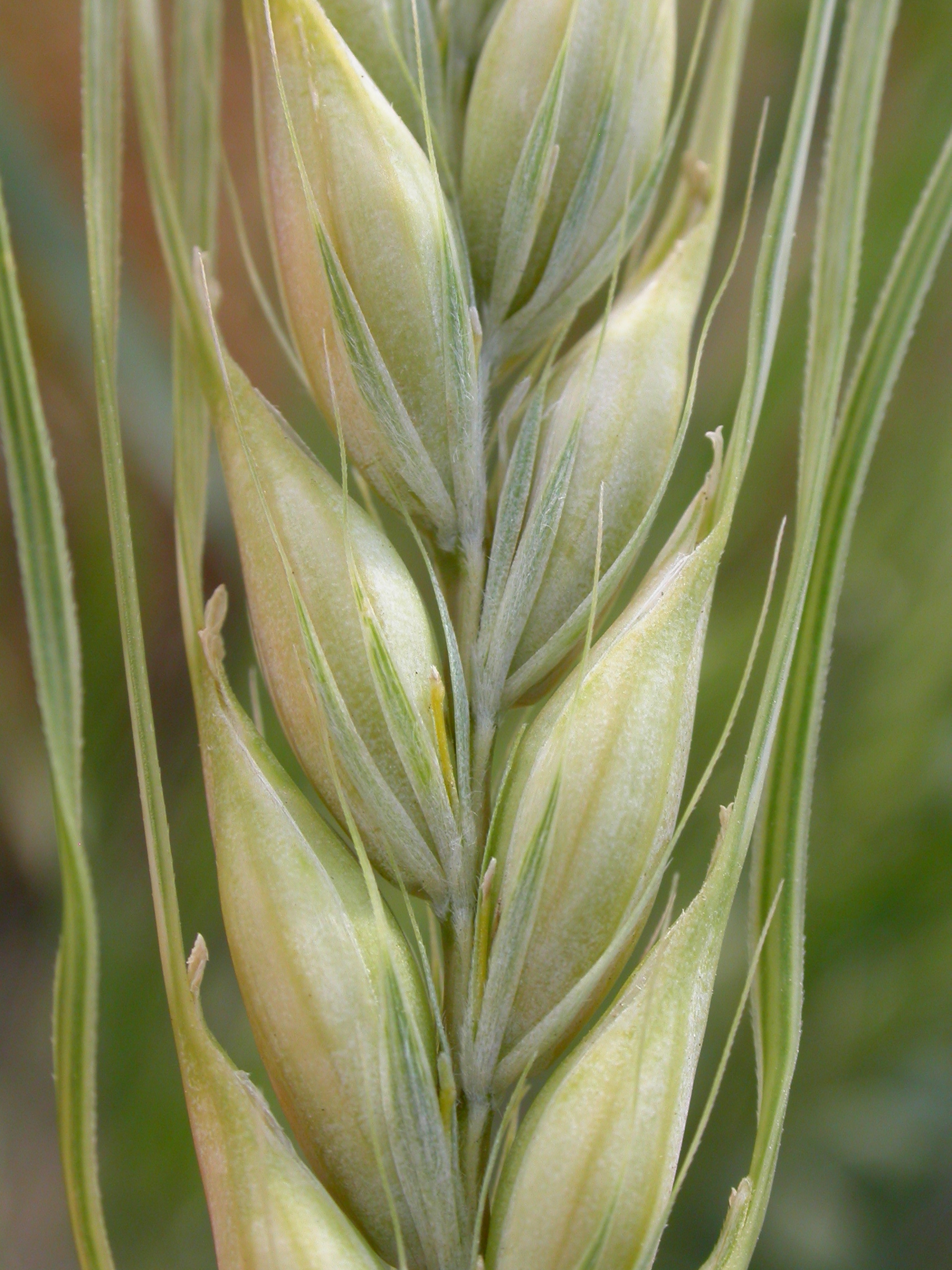Maris Otter on:
[Wikipedia]
[Google]
[Amazon]
 Maris Otter is a two-row, autumn sown variety of
Maris Otter is a two-row, autumn sown variety of
 Maris Otter is a two-row, autumn sown variety of
Maris Otter is a two-row, autumn sown variety of barley
Barley (''Hordeum vulgare''), a member of the grass family, is a major cereal grain grown in temperate climates globally. It was one of the first cultivated grains, particularly in Eurasia as early as 10,000 years ago. Globally 70% of barley pr ...
commonly used in the production of malt
Malt is germinated cereal grain that has been dried in a process known as " malting". The grain is made to germinate by soaking in water and is then halted from germinating further by drying with hot air.
Malted grain is used to make beer, wh ...
for the brewing
Brewing is the production of beer by steeping a starch source (commonly cereal grains, the most popular of which is barley) in water and #Fermenting, fermenting the resulting sweet liquid with Yeast#Beer, yeast. It may be done in a brewery ...
industry. The variety was bred by Dr G D H Bell and his team of plant breeders at the UK's Plant Breeding Institute
The Plant Breeding Institute was an agricultural research organisation in Cambridge in the United Kingdom between 1912 and 1987.
Founding
The institute was established in 1912 as part of the School of Agriculture at the University of Cambridge. R ...
; the "Maris" part of the name comes from Maris Lane near the institute's home in Trumpington
Trumpington is a village and parish to the south of Cambridge, England. The village is an electoral ward of the City of Cambridge and a ward of South Cambridgeshire District Council. The 2011 Census recorded the ward's population as 8,034.
Th ...
. It was introduced in 1966 and quickly became a dominant variety in the 1970s due to its low nitrogen and superior malting characteristics. By the late-1980s the variety had become unpopular with large breweries and it was removed from the UK National List in 1989.
Maris Otter is a cross of Proctor and Pioneer varieties.
In the 1980s Maris Otter usage began to decline for a number of reasons, including: compromised genetic purity caused by cross pollination and improved competition from other varieties.
In 1992, the consortium of grain merchants H Banham Ltd & Robin Appel Ltd bought the sole right to market Maris Otter and in 2002 they bought all rights outright (including the registered trademark
The registered trademark symbol, , is a typographic symbol that provides notice that the preceding word or symbol is a trademark or service mark that has been registered with a national trademark office. A trademark is a symbol, word, or word ...
). They remain the sole owners and intend to improve the variety on an ongoing basis.
In mainstream brewing the variety has largely been supplanted by newer varieties with better agronomics
Agricultural economics is an applied field of economics concerned with the application of economic theory in optimizing the production and distribution of food and fiber products.
Agricultural economics began as a branch of economics that specif ...
, but it's still in high demand for premium products. It is one of the few barley malts marketed today by variety. It is very popular both in homebrewing
Homebrewing is the brewing of beer or other alcoholic beverages on a small scale for personal, non-commercial purposes. Supplies, such as kits and fermentation tanks, can be purchased locally at specialty stores or online. Beer was brewed dom ...
circles and among traditional real ale
Real ale is the name coined by the Campaign for Real Ale (CAMRA) for beer that is "brewed from traditional ingredients, matured by secondary fermentation in the container from which it is dispensed, and served without the use of extraneous car ...
breweries, many of whom note their exclusive use of Maris Otter in their promotional literature. It carries a price premium over most other comparable varieties.
References
{{Reflist Brewing ingredients Barley cultivars Crop cultivars bred at the Plant Breeding Institute